R-6: Difference between revisions
No edit summary |
No edit summary |
||
| Line 4: | Line 4: | ||
<div style="text-align: justify;"><span style="color:#00008B">This photo shows R-6 alongside the R-10 with her bow sticking up above the water and with her stern sunk to the bottom. The minesweeper USS Cardinal (AM-6) is standing by in the background. | <div style="text-align: justify;"><span style="color:#00008B">This photo shows R-6 alongside the R-10 with her bow sticking up above the water and with her stern sunk to the bottom. The minesweeper USS Cardinal (AM-6) is standing by in the background. | ||
A malfunction in one of her torpedo tubes interlock systems caused the inner and outer doors to be able to be opened at the same time. The startled crew escaped and une man seeing what was happening raced to the deck an chopped the mooring lines. | |||
Electricians Mate second class Frank A Spalsbury and Seaman John E Dreffien lost their lives during this sinking. [[Read the R-6 Recovery|Read the full story at this link.]] | |||
<small>USN photo in the private collection of Ric Hedman</small>[[File:Red bar sub new.jpg]] | |||
[[File:Red bar sub new.jpg]] | |||
[[File:R-6 sunk with R-10.jpg|left|500px]] | [[File:R-6 sunk with R-10.jpg|left|500px]] | ||
Revision as of 13:50, 21 September 2023
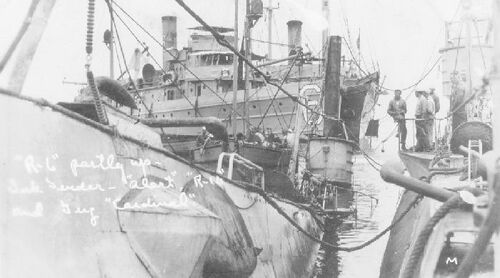
A malfunction in one of her torpedo tubes interlock systems caused the inner and outer doors to be able to be opened at the same time. The startled crew escaped and une man seeing what was happening raced to the deck an chopped the mooring lines.
Electricians Mate second class Frank A Spalsbury and Seaman John E Dreffien lost their lives during this sinking. Read the full story at this link.
USN photo in the private collection of Ric Hedman![]()
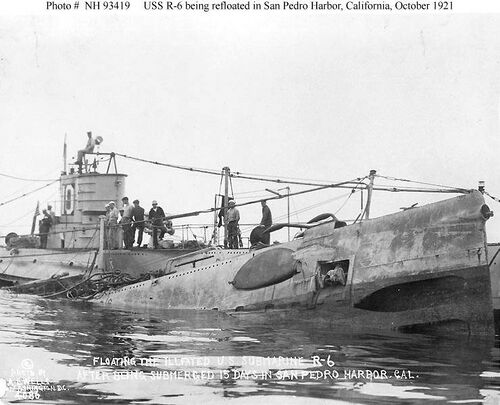
U.S. Navy photo NH 93419 via NHHC.

USN photo in the private collection of Ric Hedman
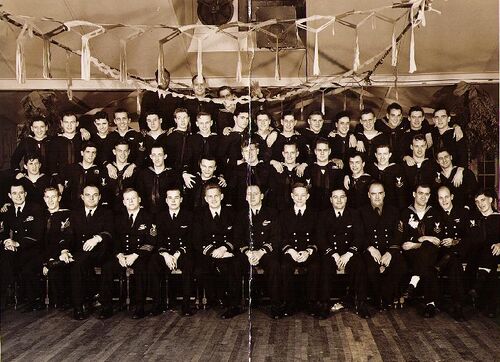
The crew photo was most likely taken at Christmas 1944 in or around New London/Groton at a place called "Polly's" that burned down in the late 40's or early 50's. There were numerous crew parties and photos taken there. When asked, locals can no longer tell you exactly where it was located.
This photo is the private property of the Gargano family and MAY NOT BE USED WITHOUT THEIR EXPRESSED PERMISSION.
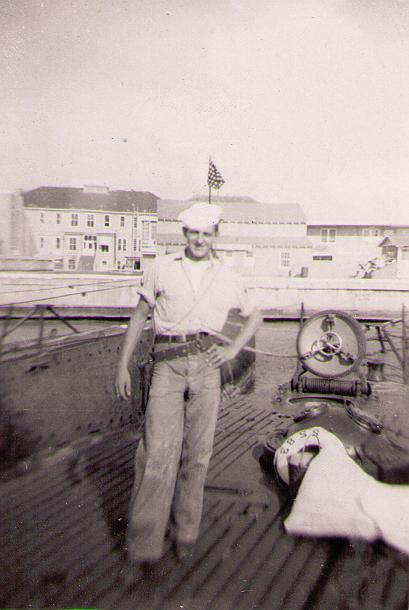
This photo is the private property of the Gargano family and MAY NOT BE USED WITHOUT THEIR EXPRESSED PERMISSION.

This photo is the private property of the Gargano family and MAY NOT BE USED WITHOUT THEIR EXPRESSED PERMISSION.

This photo is the private property of the Gargano family and MAY NOT BE USED WITHOUT THEIR EXPRESSED PERMISSION.

This photo is the private property of the Gargano family and MAY NOT BE USED WITHOUT THEIR EXPRESSED PERMISSION.
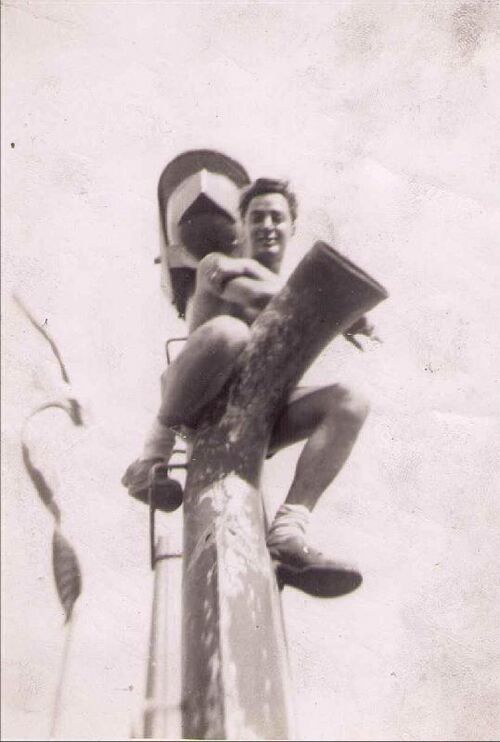
This photo is the private property of the Gargano family and MAY NOT BE USED WITHOUT THEIR EXPRESSED PERMISSION.

This photo is the private property of the Gargano family and MAY NOT BE USED WITHOUT THEIR EXPRESSED PERMISSION.
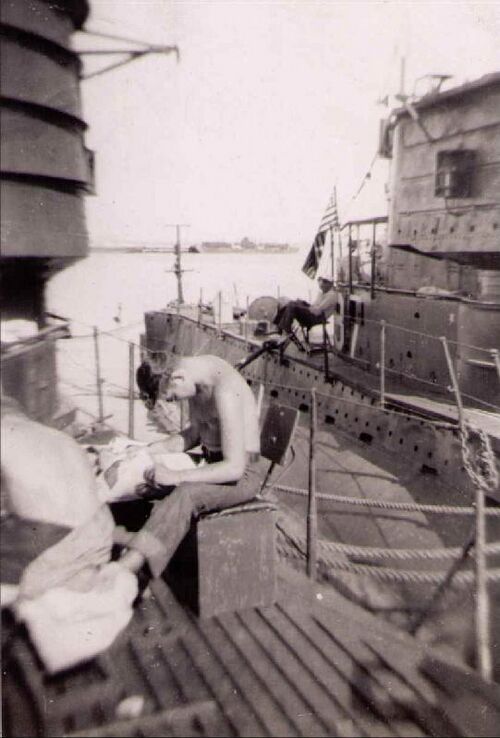
This photo is the private property of the Gargano family and MAY NOT BE USED WITHOUT THEIR EXPRESSED PERMISSION.
Page created by:
Ric Hedman & David Johnston
1999 - 2023 - PigBoats.COM©
Mountlake Terrace, WA, Norfolk, VA
webmaster at pigboats dot com
